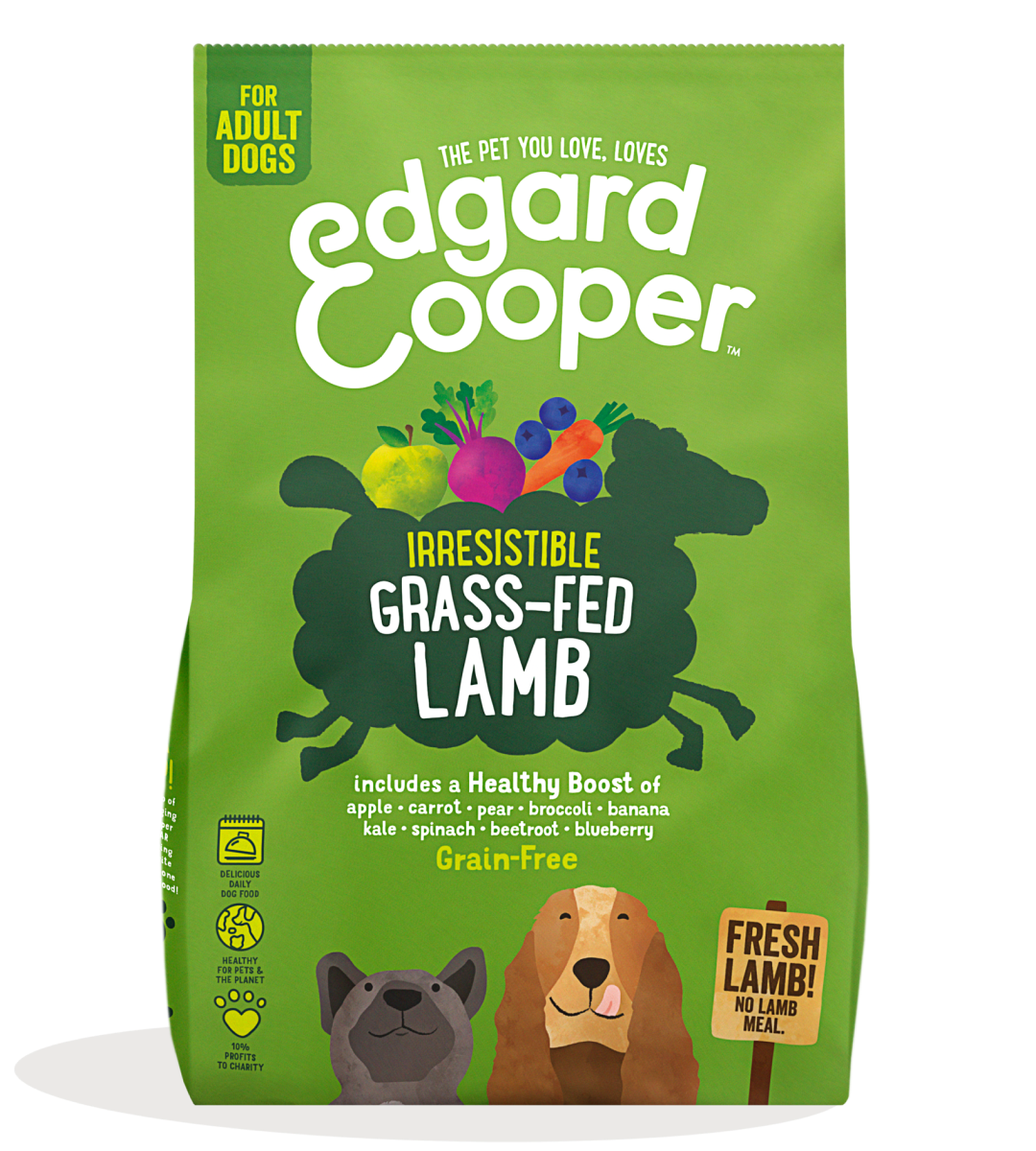Our 100% biodegradable materials
We use two types of plant-based material to make our kibble and treat bags.
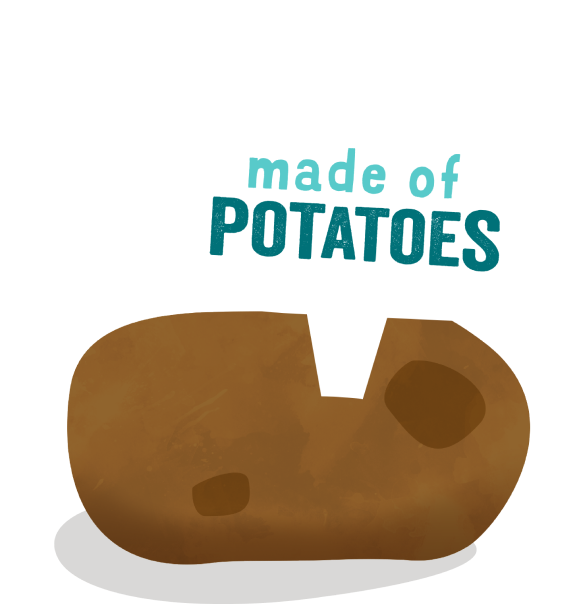
bioplastic
We make our plastic from potatoes, a low-intensity crop that grows abundantly in Europe. Using a local plant also reduces our transportation footprint.

paper
We only use paper that is FSC certified. That means it comes from forests that are carefully managed and replanted.
Let's talk about paper
We use paper for the outer layer of our packaging, it’s a natural choice, and it feels kinda nice too.
Just like Edgard and Cooper, we love forests and appreciate all they do for us. That’s why we only use paper from responsibly-managed woodlands.

Renewable resource
A well-managed woodland is constantly replanted. Unlike ‘finite’ fossil fuels that are used to make plastic, trees are renewable because they grow back naturally.
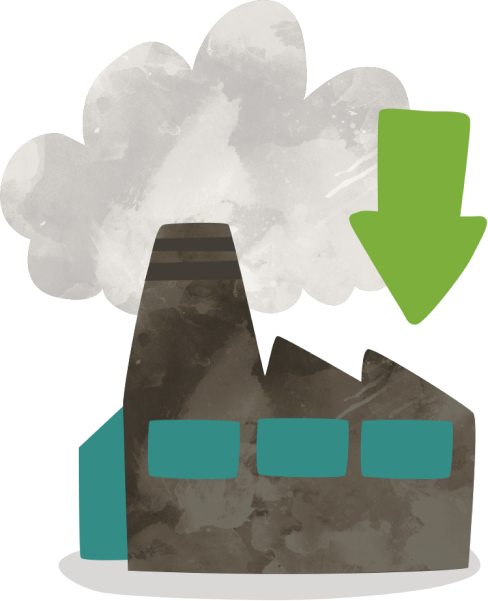
Removing CO2 from our atmosphere
Our climate is changing because there are too many greenhouse gases in the atmosphere. Trees absorb CO2 when they grow, so when we look after forests, they look after us.
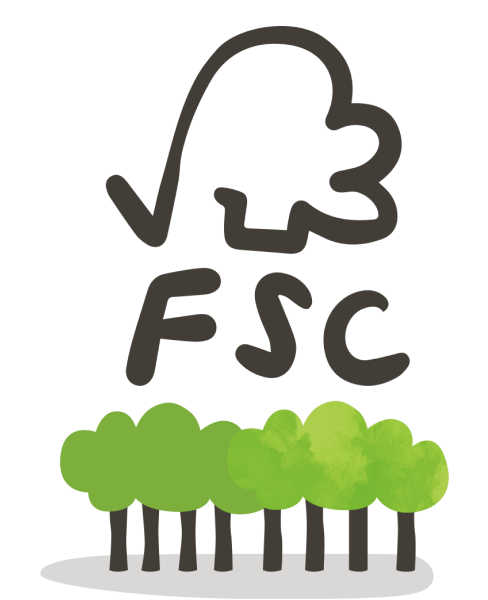
FSC Mix certified
The paper we use is all FSC certified. Some comes from FSC forests, some from recycled material, and some from regulated woodlands.
Our plastic grows in fields
The tricky thing about packaging tasty food (like ours!) is that it needs a waterproof seal to stay fresh and full of juicy goodness. Which is where bioplastic comes in...
We make our ‘plastic’ using potatoes — a low-intensity crop that grows back every year.
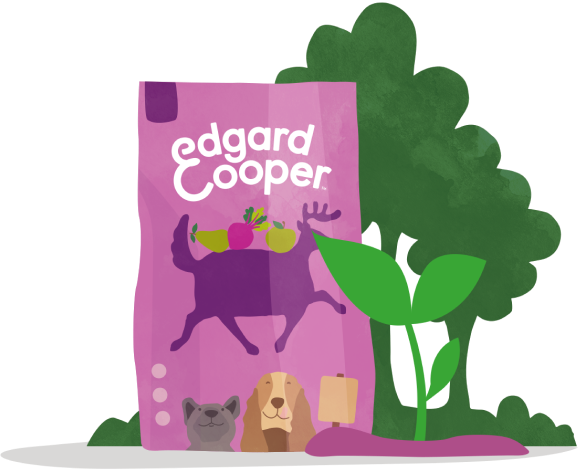
Biodegradable
Oil-based plastics never really go away - they just get smaller. In comparison, plant-based plastics can be composted into harmless, natural byproducts that can be used to grow more potatoes.

Local crops
Different bioplastics use different plants. We chose GMO-free European potatoes to make our packaging because a local crop means an even smaller carbon footprint.
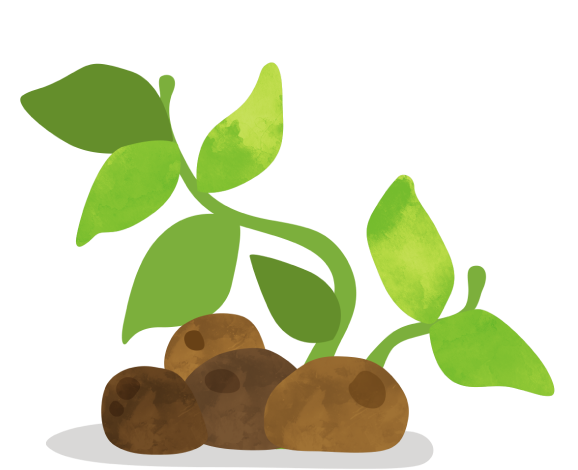
More plants, less carbon
At the moment, there’s too much carbon dioxide in our atmosphere. Like all plants, potatoes absorb CO2 when they grow - while also releasing oxygen - a win win for the environment.
When a material is ‘biodegradable’, it means microorganisms can break it down into natural, harmless, useful byproducts - like water, CO2 and compost.
We’re waiting for a certificate which will let you put our bags in a green waste bin. (For now, you can put them in your general waste - they’ll still biodegrade in landfill, just a bit more slowly than we’d like).
the secret life of bags
Our bags are designed to fit the circular economy. Let’s take a look at their journey below.
Which bin?
Here’s a guide to show you exactly what to do with our kibble bags.

Yes
Landfill doesn’t provide the best conditions for composting our bags – but it’ll always be faster than plastic, with none of the harmful by-products!
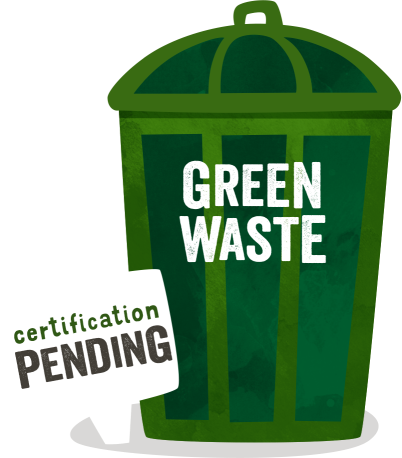
Certification pending
Our Industrial Composting Certificate is due early 2021. But we’d still like you to check what you can put in your green bin.

No
Our kibble bags are designed to break down into water, CO2 and compost - rather than be recycled into new bags.

No
Home composting is a slow and seasonal process, and we’d hate to mess up your system. One day, maybe.
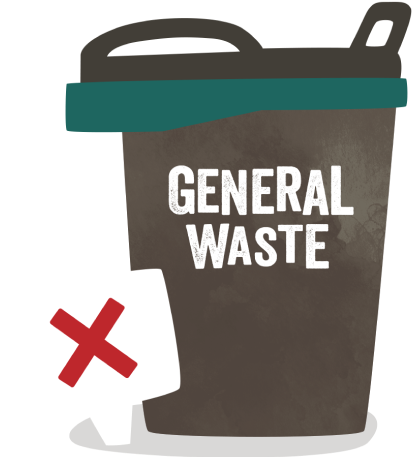
No
Because metal doesn’t degrade, putting it in landfill is a huge waste of valuable resources.

No
Because metal doesn’t degrade, putting it in your green bin wastes a precious raw material and could contaminate this waste stream.
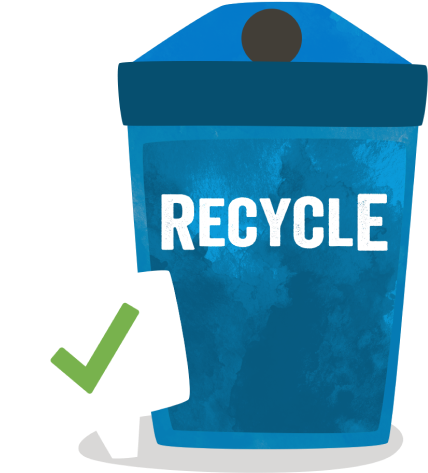
Yes
Give them a rinse and pop them in your recycling box or bag. They’ll be turned into new tins and cups within just 60 days.

No
Because metal doesn’t degrade, putting it in your home compost wastes a precious raw material and might damage your composting.

Yes
Landfill doesn’t provide the best conditions for composting our bags – but it’ll always be faster than plastic, with none of the harmful by-products!

Certification pending
Our Industrial Composting Certificate is due early 2021. But we’d still like you to check what you can put in your green bin.

No
Our kibble bags are designed to break down into water, CO2 and compost - rather than be recycled into new bags.

No
Home composting is a slow and seasonal process, and we’d hate to mess up your system. One day, maybe.
